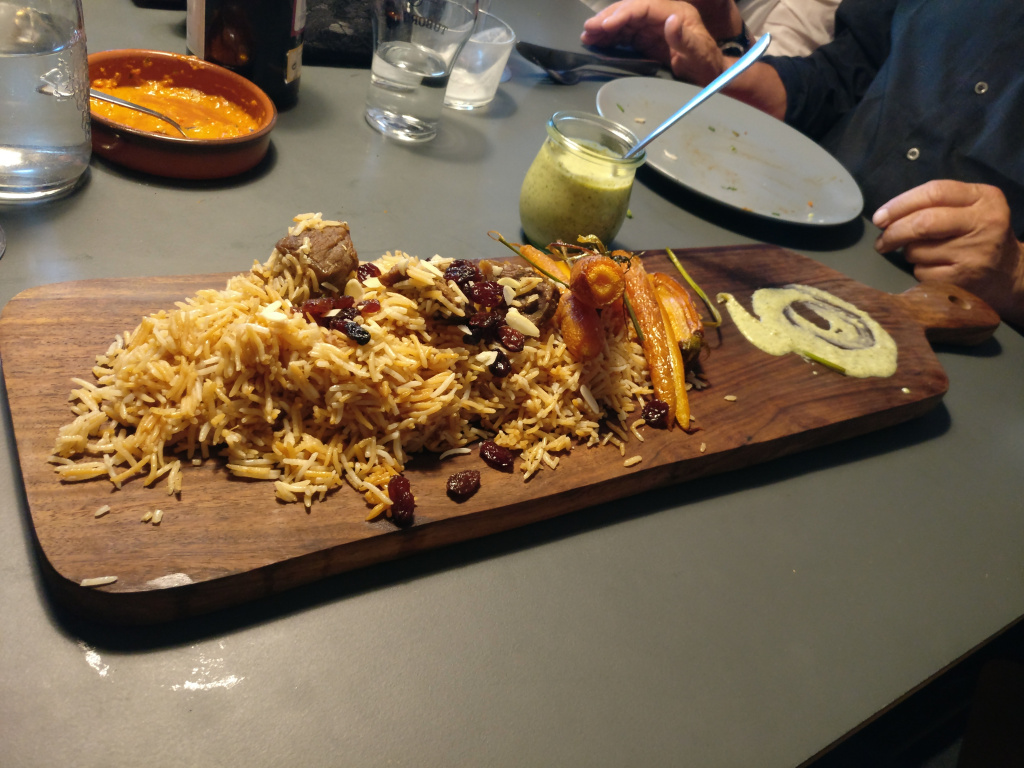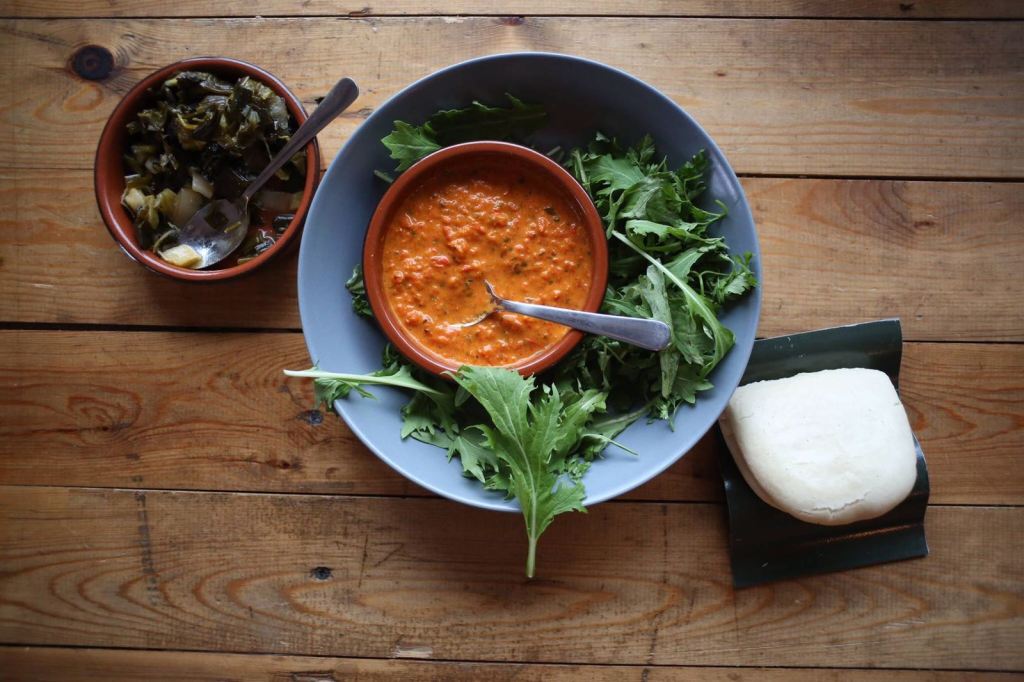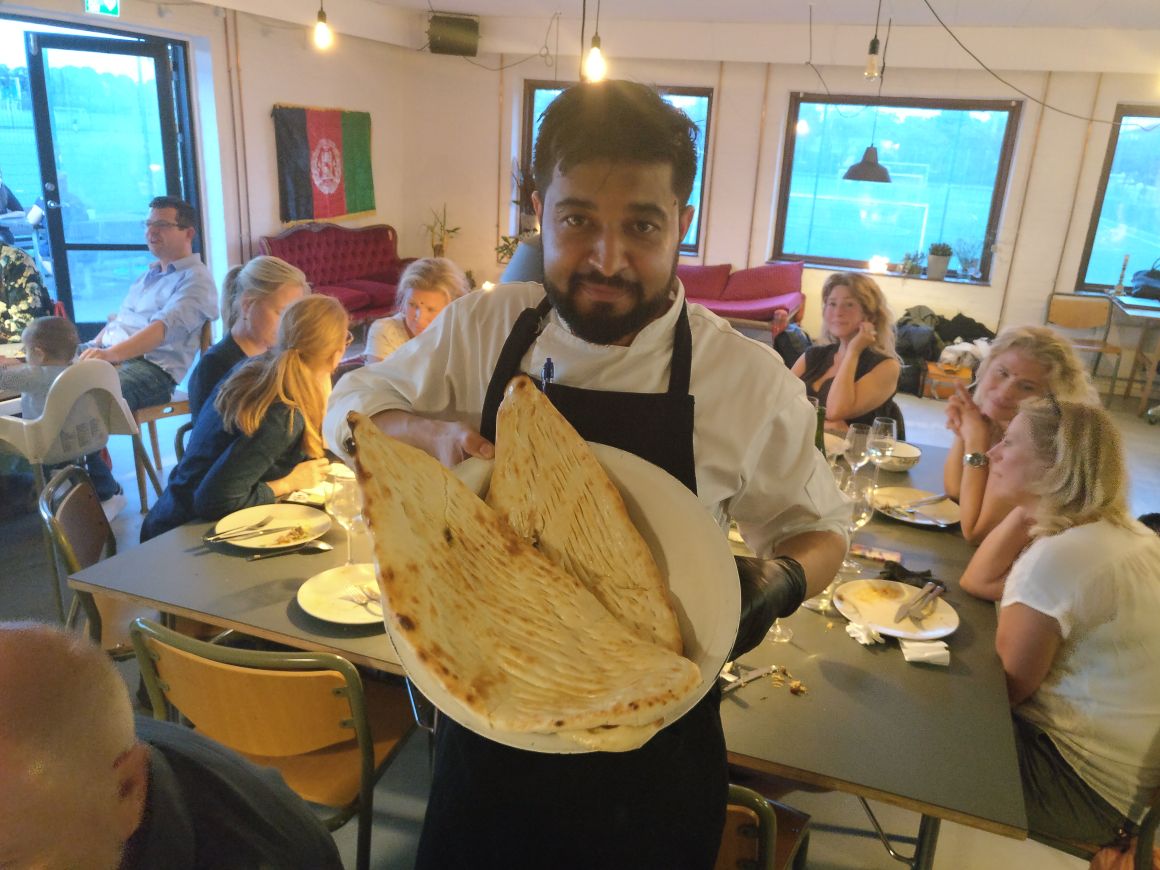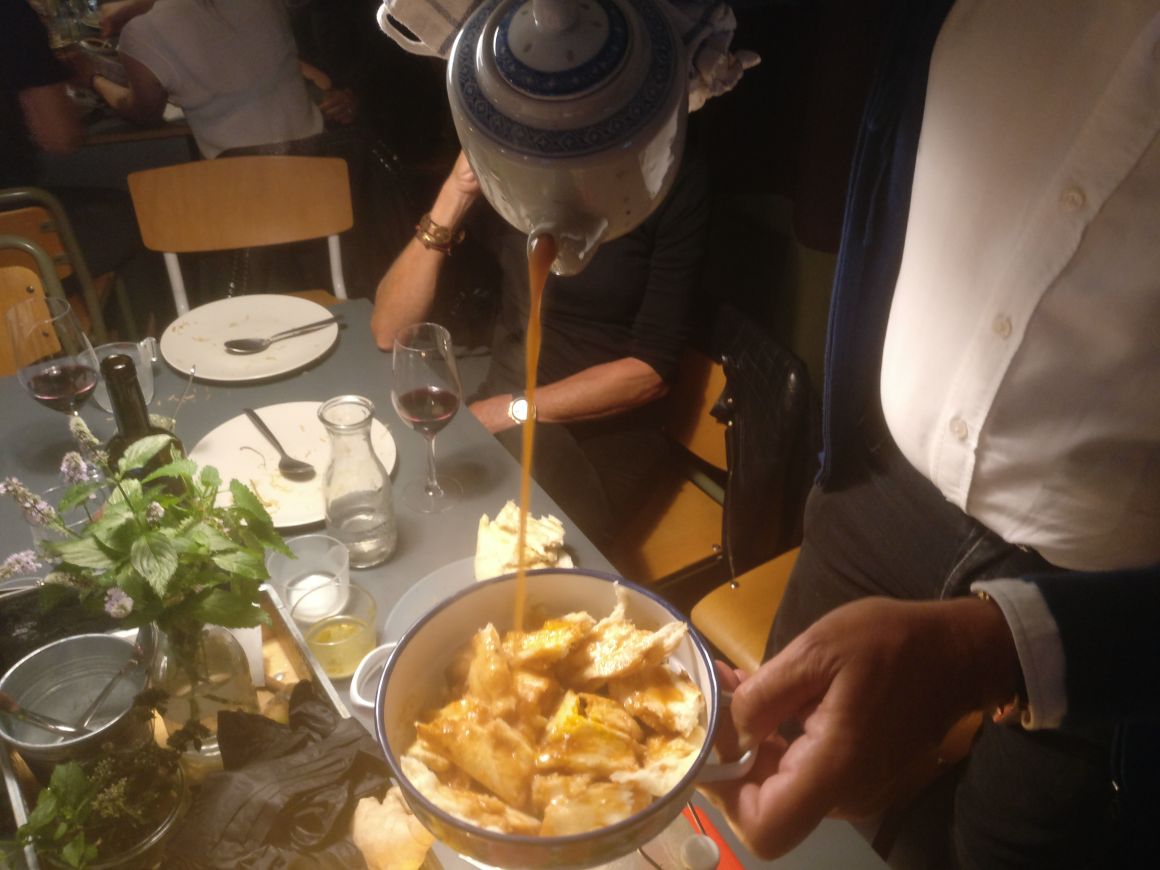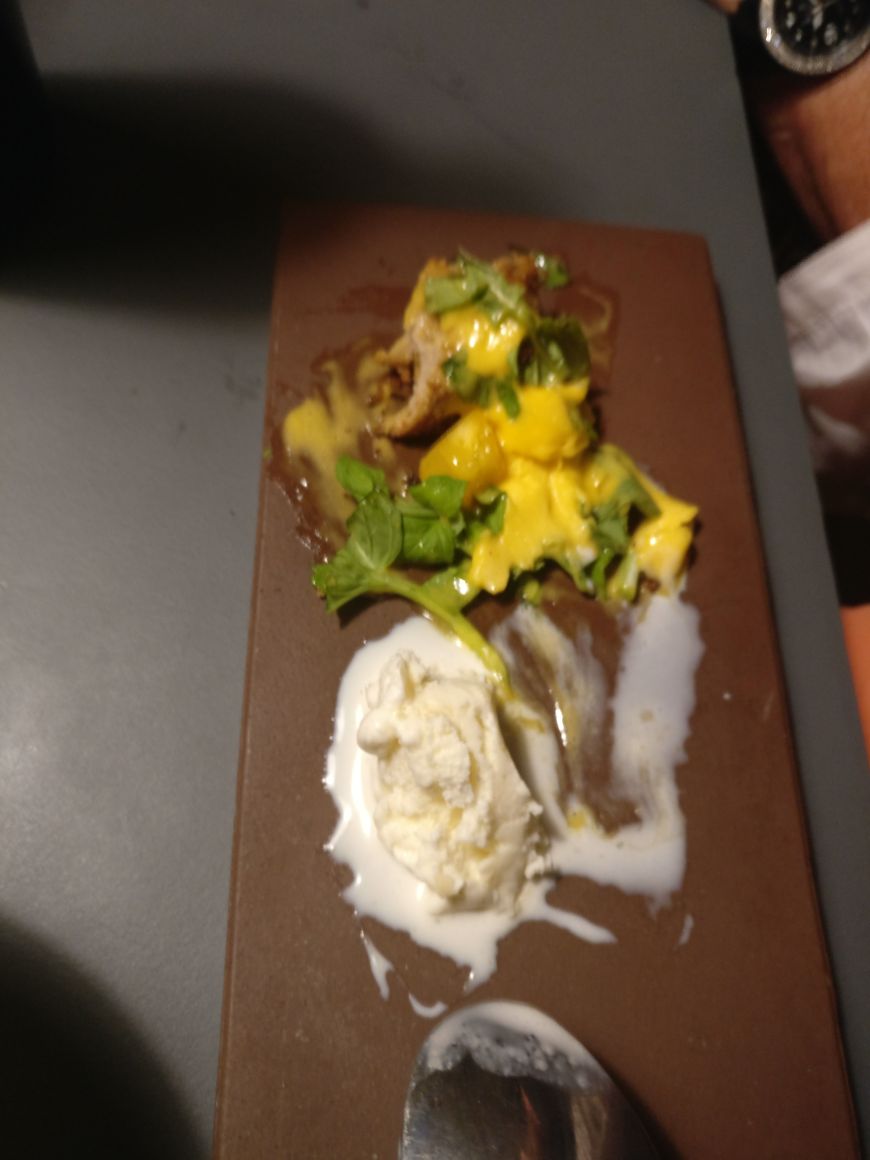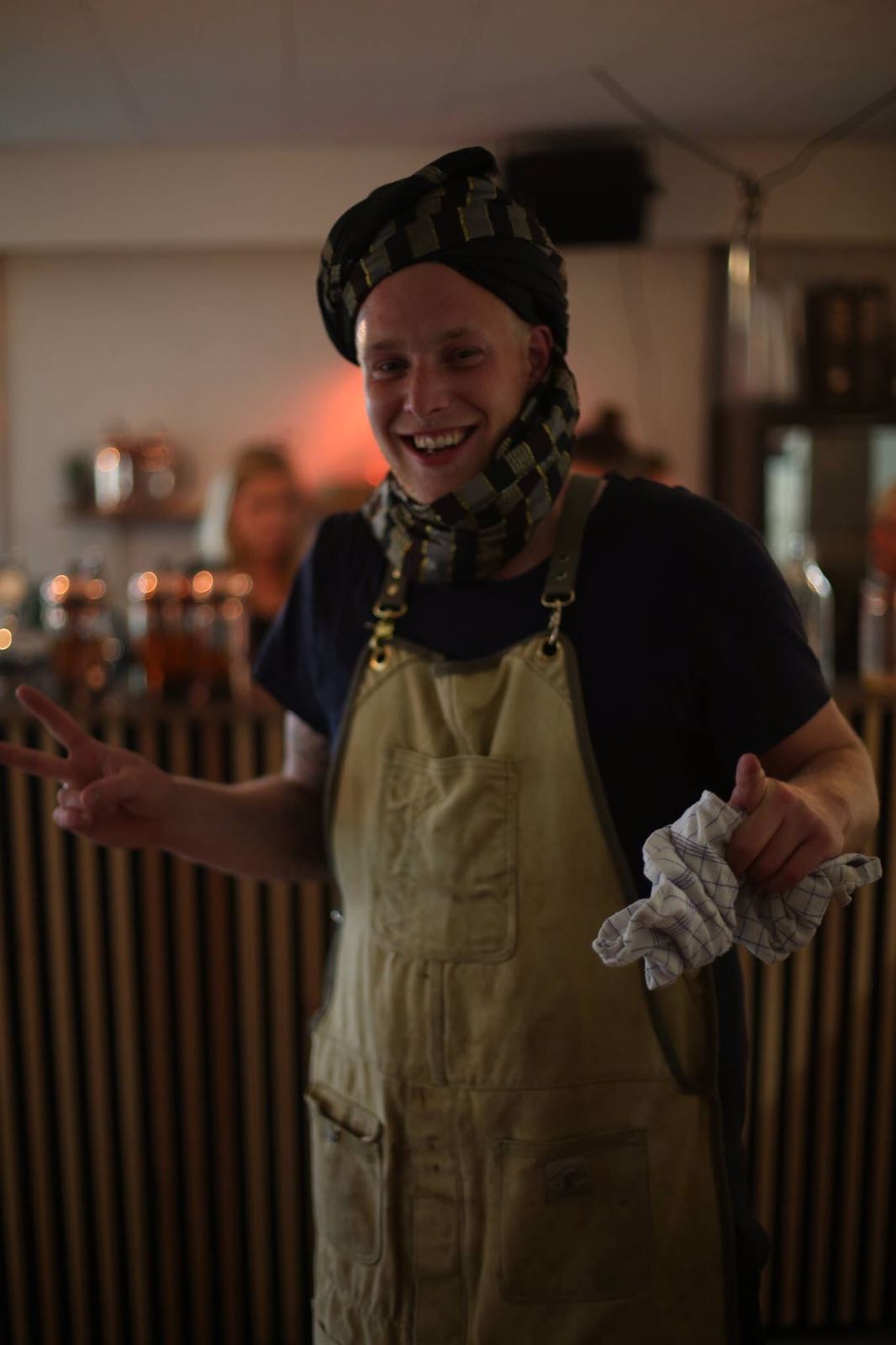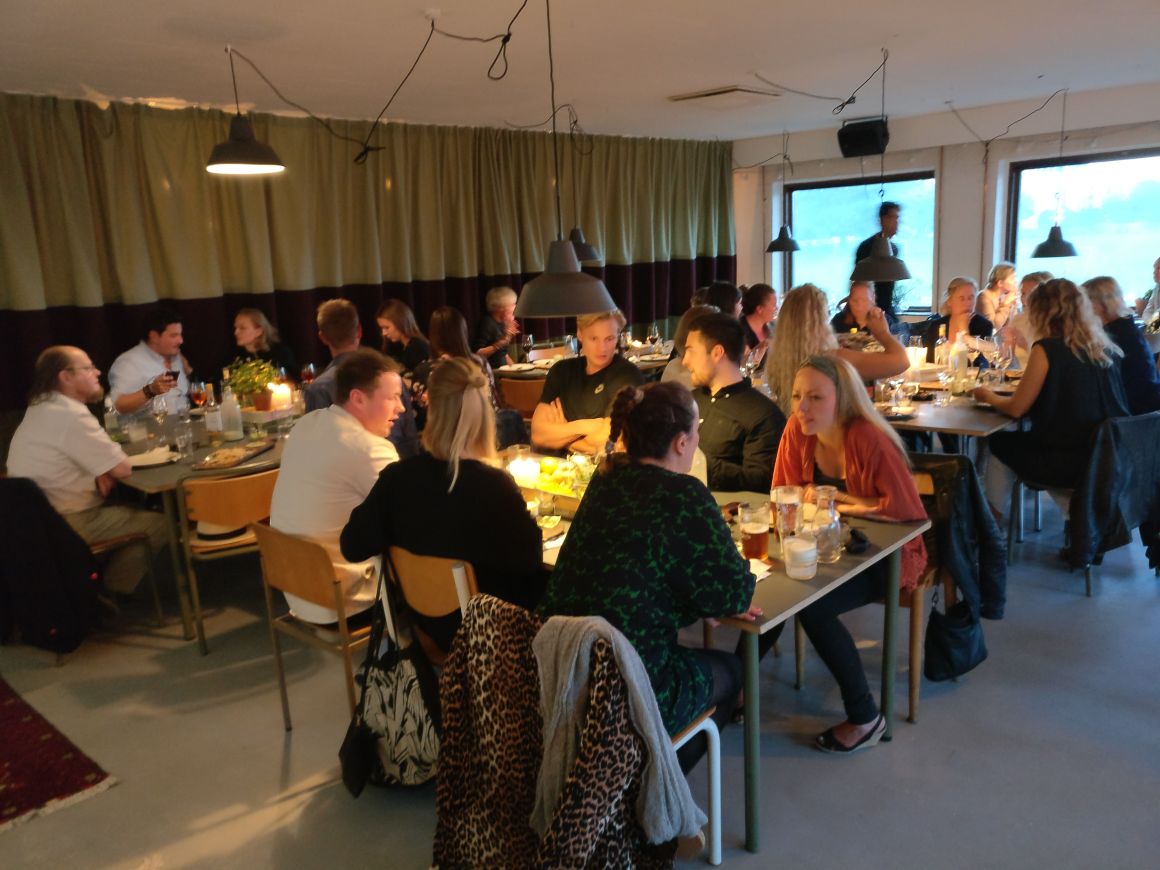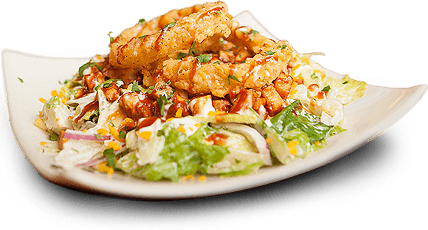Blogs
Head To Turkey For Quaint Versions Of Your Favourite Dishes
Cuisines across the world have evolved by the means of cross-cultural influences. Sweet Pua or Gul Gule that we have in India is made using the same batter as that of pancakes. Pancakes, a British specialty is somewhat similar top Crepes that is a French delicacy.
Turkish cuisine displays a dark streak of Ottoman cuisine. It has many elements from Circassian, Central Asian, Caucasian, Middle Eastern, Balkan and Greek cuisines. Turkish cuisine itself has influenced food of neighboring countries like including those of Southeast Europe (Balkans), Central Europe, and Western Europe.
My recent trip to Turkey gave me a chance to relish their global cuisine and I found so many different foods which are inspired from other countries. Have a look!
Lahmajoun
Lahmajoun pronounced as lahmajun is a round, thin piece of dough topped with minced meat, chopped veggies, herbs, cayenne pepper, paprika, cumin, and cinnamon, etc. baked to perfection. It is popularly known as Turkish Pizza. It is a baked in a wood burn oven. The base of this Turkish dish is very thin, similar to the thin crust Italian pizza. But unlike Italian pizza,, it is made using only one style with a specified set ingredients. Minced meat being the prime ingredient. It’s a delight for meat lovers.
Kizilkayalar
One of the most popular street foods of Istanbul, Kizilkayalar’s wet burgers are binge drinker’s delight. These moist mini patties are mostly eaten as a midnight fast food after club nights. It is made using grounded cattle meat which is stuffed in a very soft bun.
The burger bun along with garlic-based beef patty is doused in an oily, tomato-based sauce before incubating in a glass-lined burger hamam, making it wet and moist. Friday night in Istanbul will never be complete without this street food. It reminded of Vada Pav which happens to be a very famous street food of Mumbai.
Kizilkayalar is as famous in Istanbul as Vada Pav in Mumbai. Taksim, downtown of European Istanbul has the best Kazilkayalar. You can find 100’s of people queuing outside the shop on Friday and Saturday nights.
Manti
It’s a Turkish version of ravioli pasta. Manti is small boat-shaped dough filled with meat, onion, parsley etc. A vegetarian version of this dish is made using spinach and white cheese.
Manti is not as soft as ravioli. Its crust is thicker as compared to its counterpart.
Unlike Italian ravioli which are either made with fresh tomato sauce or butter sauce, manti is typically served hot topped with garlic yogurt and melted butter or warmed olive oil, and a range of spices such as oregano, dried mint, ground sumac, and red pepper powder.
Ayran
Before going to Turkey, I always used to think that lassi is our contribution to the world. Turks have a salted variant of lassi. It is called Ayran. It’s very thick and creamy like our lassi. People in Turkey love to relish Ayran at almost any time of the day. It is served chilled, accompanied with grilled meat or rice.
Yogurt is a crucial element of Turkish cuisine. In fact, the word ‘yogurt’ is derived from Turkish word yoğurt. History says that yogurt was first produced in Mesopotamia around 500 bc. And when Turks invaded Indian subcontinent back in the 8th century, the yogurt or hung curd was introduced to India. Thus leading to the evolution of our much favorite drink- lassi.
Turkish coffee
The everyday beverage, Turkish coffee is as famous as Turkish kebabs. It is an unfiltered coffee. The consistency of the grounded coffee used in preparing is very similar to that of French Press. It is made in a special utensil called cezve. The body and handle are traditionally made of brass and copper. The process of making this type of coffee is quite slow, but worth the wait. Cezve is kept in direct contact with flame. It generally takes around 8-10 minutes to make an authentic Turkish coffee.
It’s a very thick concoction with an equal amount of liquid and coffee residue. According to a popular belief, the grounds left after drinking Turkish coffee can be used to predict fortune.
After having your coffee, you are supposed to keep your cup upside down. Which leads to an uneven formation inside the cup because of thick coffee residue. You will be amazed to know that, there are people who tell fortune after seeing these lines. The coffee was priced 4 Turkish Liras only but the fortune telling cost me 80 Turkish Liras.
I don’t know, whatever the fortune teller said about my future is right or not, but one thing I know for sure is that I had an unforgettable experience in Turkey. I would love to go there time and again for mouth-watering food and warm-hearted people.
